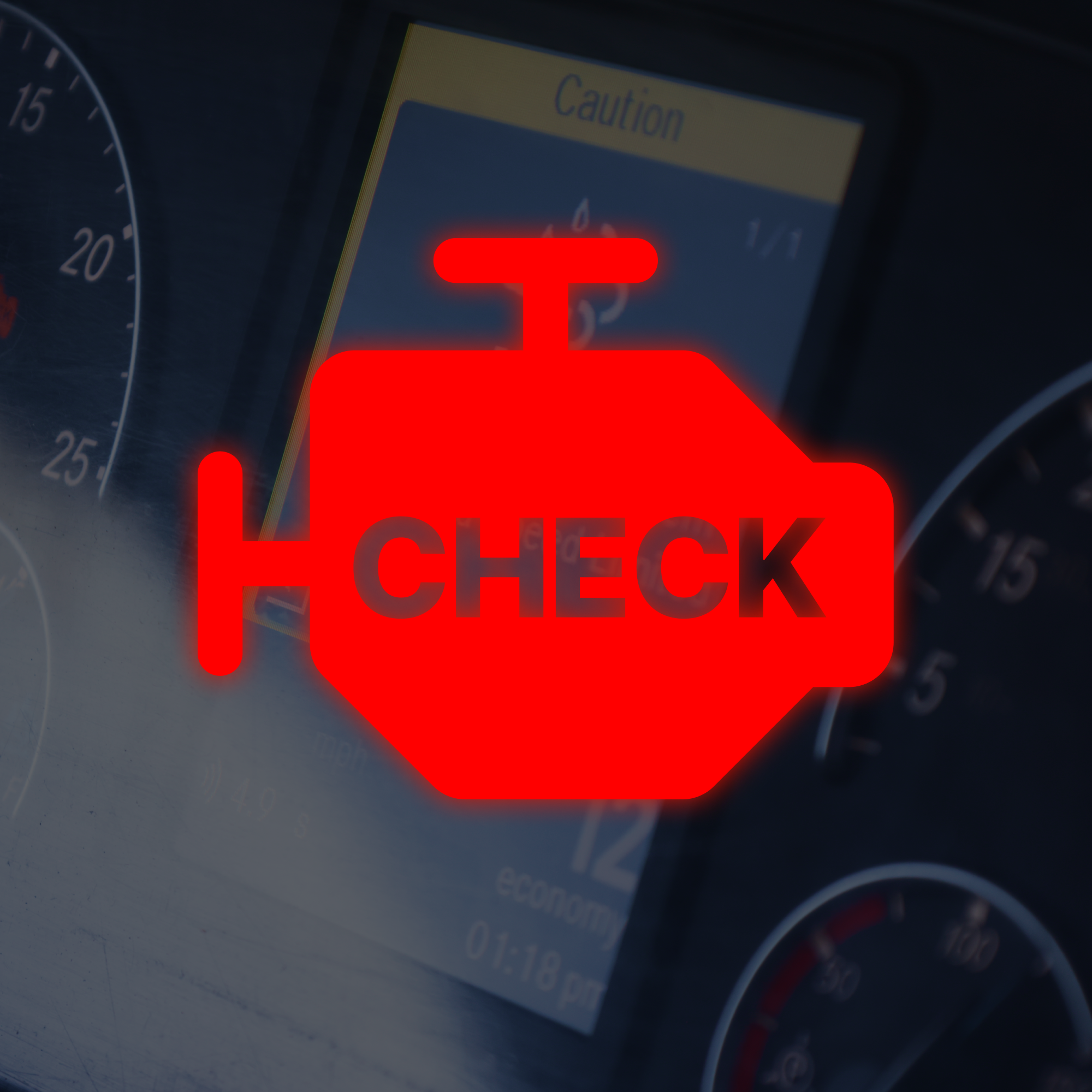by: Vitaliy, Technical Advisor, OTR Performance
Keeping your rig healthy starts long before you break down on the side of the road. Whether you’re an owner-operator or running a busy repair shop, understanding real-time data points in your truck’s diagnostics system can make the difference between preventive maintenance and costly downtime.
In this blog, we’ll walk through essential truck Live Data readings, what they mean, and what to do when the numbers don’t look right.
Why understanding truck data matters:
Modern diesel engines are built with advanced sensors and control modules that monitor every system's exhaust, fuel, coolant, emissions, and more. These readings don’t just spit out fault codes they tell a story.
With the right heavy-duty diagnostic tool, you can catch issues before they escalate. Whether it’s performing a forced DPF regen, or monitoring battery voltage and DEF fluid levels, data is your biggest asset.
1. Battery voltage – Don’t overlook this one
Low or high voltage codes are often the real problem hiding behind a dozen fault codes.
-
Normal range (engine off): 11.5 – 12.5V
-
Normal range (engine running): 13.8 – 14.7V
-
Above 15.5V? Check the alternator.
-
Below 10.5V? Time to test the battery and connections.
Pro Tip: If you're chasing electrical gremlins, start with a battery test and charge before replacing sensors.
2. DPF soot vs. ash load – Know the difference
-
Soot load is temporary, it builds up as the truck operates and burns off during DPF regenerations.
-
Ash load, on the other hand, is permanent. It's the leftover material from hydrocarbons and only goes down when the DPF is professionally cleaned or replaced.
Facts & Stats:
-
Most systems start requesting regens when soot load reaches 100%–130% depending on the make and model.
-
A healthy DPF regen can reach temperatures of 1,100°F or higher. During this process, inspect exhaust components for leaks or damage.
-
Use caution when working around the DPF and exhaust system during or after a regen, components stay hot for an extended period.
3. DEF tank level & temperature – Critical in winter
DEF (diesel exhaust fluid) freezes at around 12°F (-11°C). When frozen, it won’t damage your engine, but it can cause:
-
Cracked plastic lines (if thawing is uneven or if fluid expansion has no relief)
-
Fault codes related to DEF pump pressure or flow
-
“DEF pump over-speed” or “low pressure” codes during start-up
Pro Tip:
Keep DEF tanks filled, especially in winter, and use a DEF refractometer to ensure the concentration is correct 32.5% urea ± 0.7%.
4. Barometric pressure & altitude issues
Your ECM uses barometric pressure to adjust fueling and boost. If you’re getting odd fuel trims after climbing or descending in elevation (think Colorado to Arizona), the sensor may be lagging or failing.
-
Normal: ~14.7 PSI at sea level
-
Reading 3.5 PSI? That sensor’s done.
5. Crankcase pressure – a silent killer
High crankcase pressure usually means you’ve got blow-by from worn piston rings, valve seals, or a plugged breather. This can cause excessive oil consumption or internal leaks.
Normal Range:
-
Around 1–3 psi under load
-
Anything above 5 psi is worth inspecting
-
Over 10 psi indicates serious wear or blocked crankcase ventilation
Pro Tip:
Open the oil filler cap with the engine idling. If you see chugging smoke or significant oil discharge, it could be a sign of failing rings or a blocked separator.
6. Coolant level and oil pressure – Keep it simple
You don’t need to overthink it, just check it.
-
Low coolant codes could be caused by a bad sensor, stuck float, or clogged coolant tank chamber. Inspect the tank and make sure there is the correct amount of coolant then continue troubleshooting.
-
Oil pressure too low or too high? Bad oil, blocked filters, or a failing pump.
-
Use quality oil (Amsoil, Schaeffer’s, Mobil Delvac) and change it around 15K–25K miles depending on load.
7. Idle hours vs. drive hours – Crucial for resale & emissions
A truck that idles too much builds up soot, shortens DPF lifespan, and kills fuel economy.
Pro Tips: Low idle hours = high resale value
8. Intake manifold pressure & boost readings
-
Low boost = sluggish performance
-
High boost = risk of blown gaskets or cracked intercoolers
-
Intake temp should always be higher than ambient once the engine is running
Pro Tip: Watch the pressure fluctuations. Use real-time data to match engine load with expected boost.
Wrap-up: What truckers and shops should do next:
Whether you’re running a single truck or a fleet, real-time diagnostics are no longer optional; they’re essential. Understanding what those numbers mean helps you avoid downtime, improve fuel efficiency, and keep your emissions systems in check.
Shift into action:
-
Get a diesel diagnostic tool that reads live data, resets fault codes, and initiates DPF regens.
-
Train your team (or yourself) on what common sensor readings mean.
-
Monitor key metrics weekly: voltage, soot, ash, coolant level, and crankcase pressure.
-
Don't ignore NOx sensor data flaky readings can lead to unnecessary repairs.
Want to dive deeper?
Diesel diagnostics and preventative maintenance don’t have to be a guessing game. Get the most out of your diagnostic tool and take control of your truck’s performance.




Optimizing DPF maintenance: Leveraging diagnostic data to prevent costly replacements.
Cheap freight: confessions of owner operators